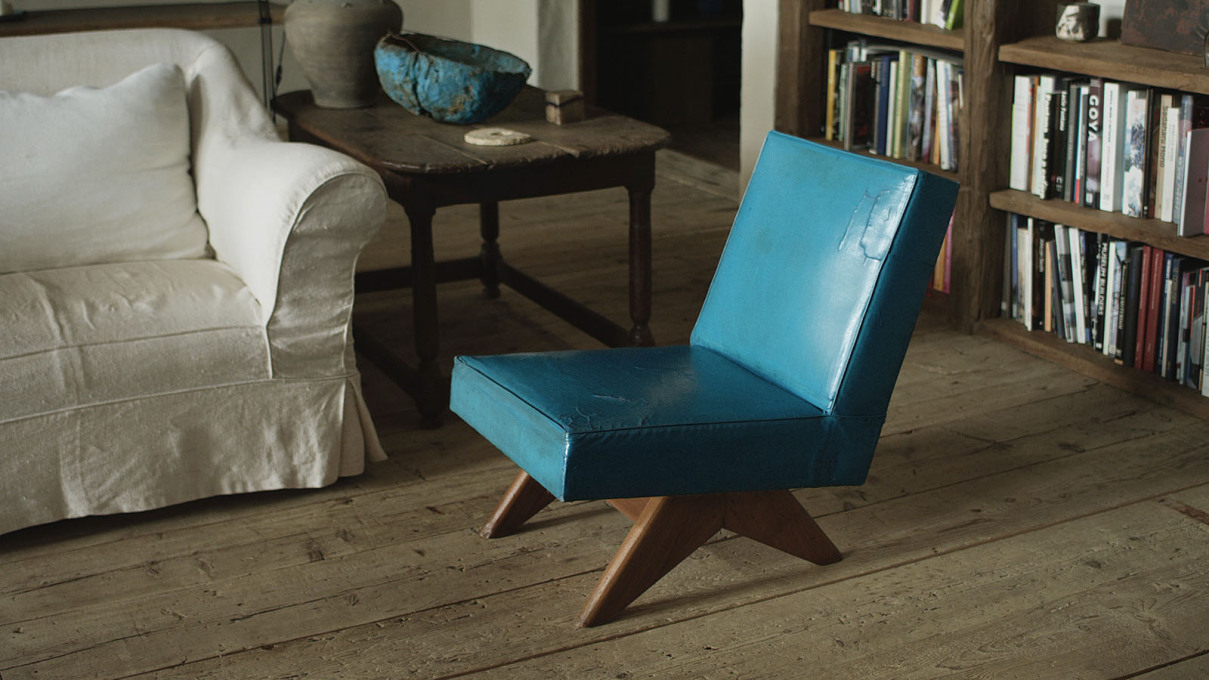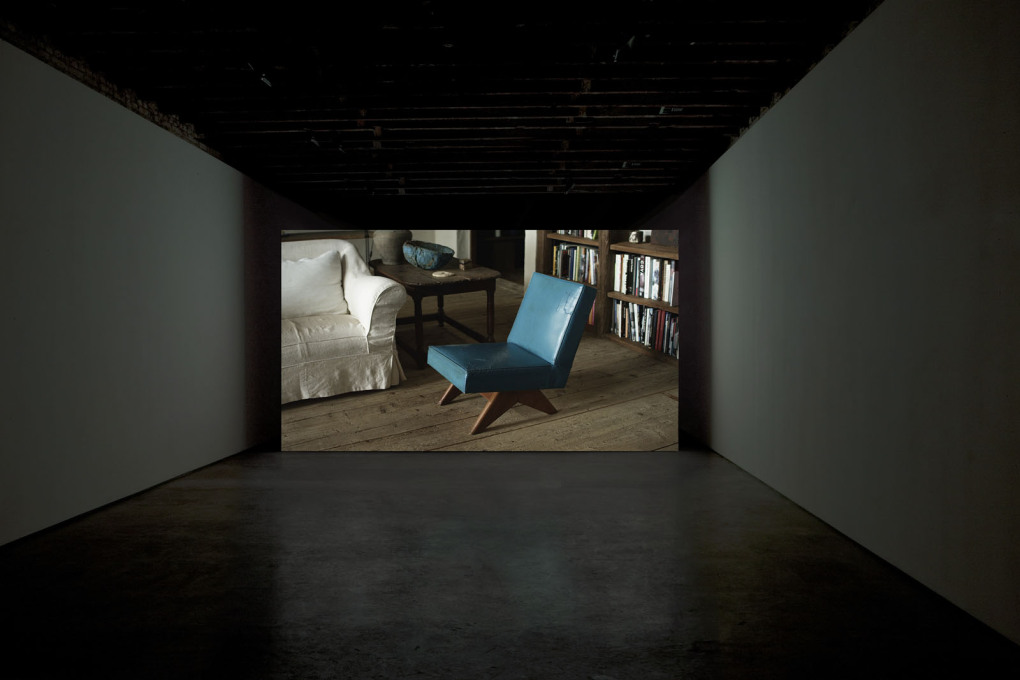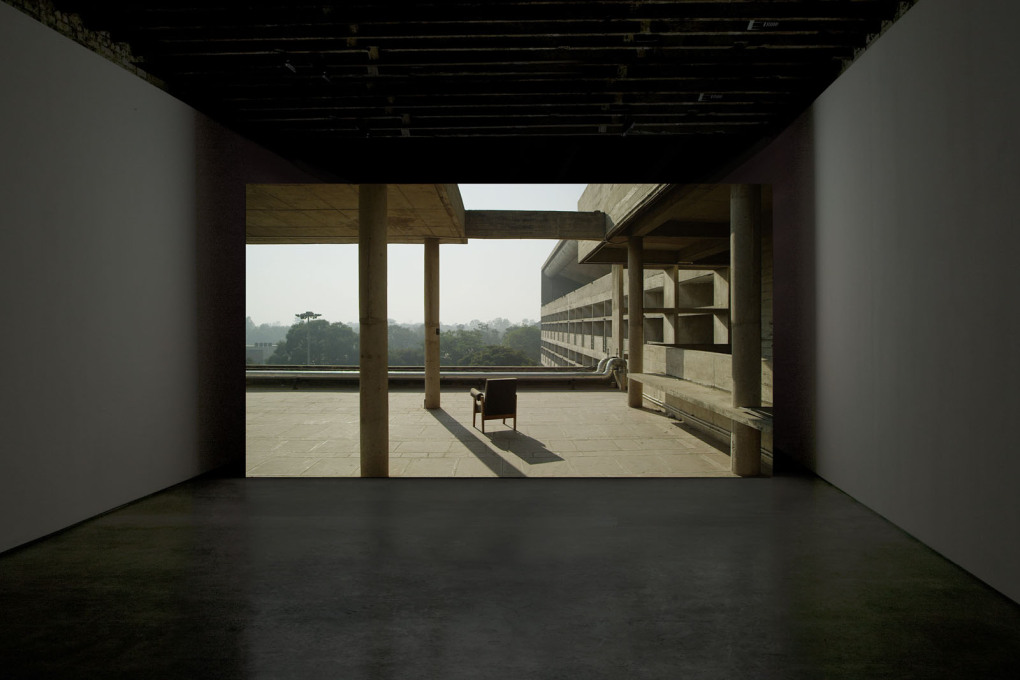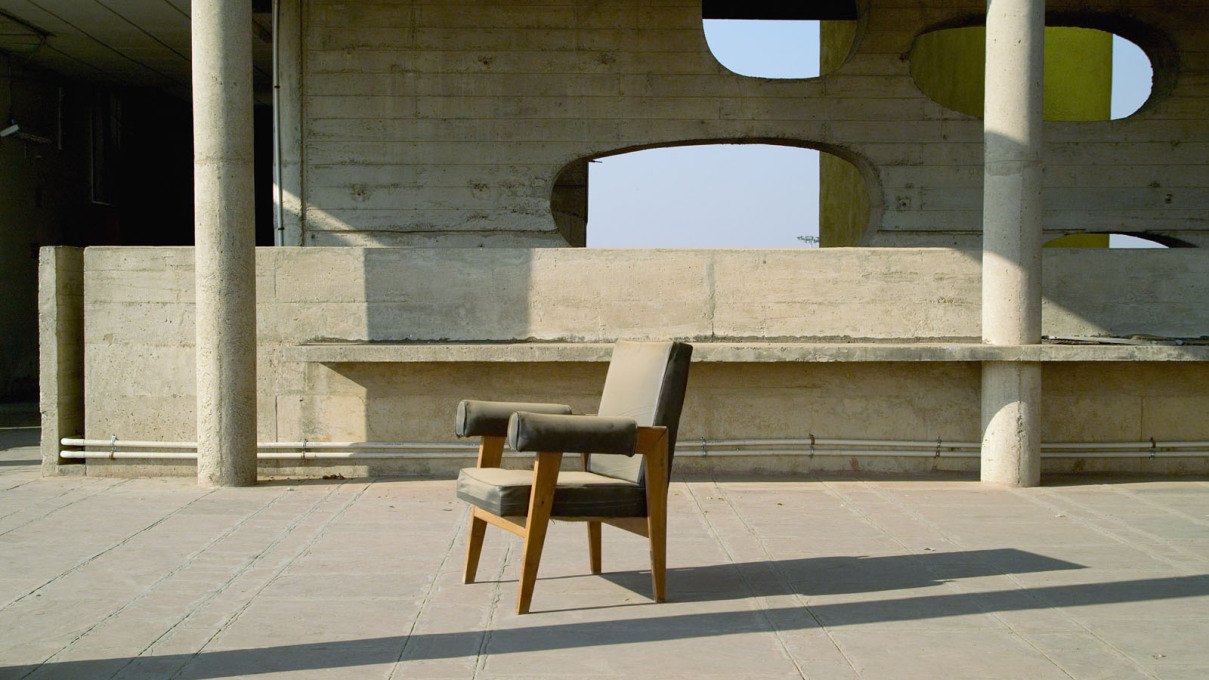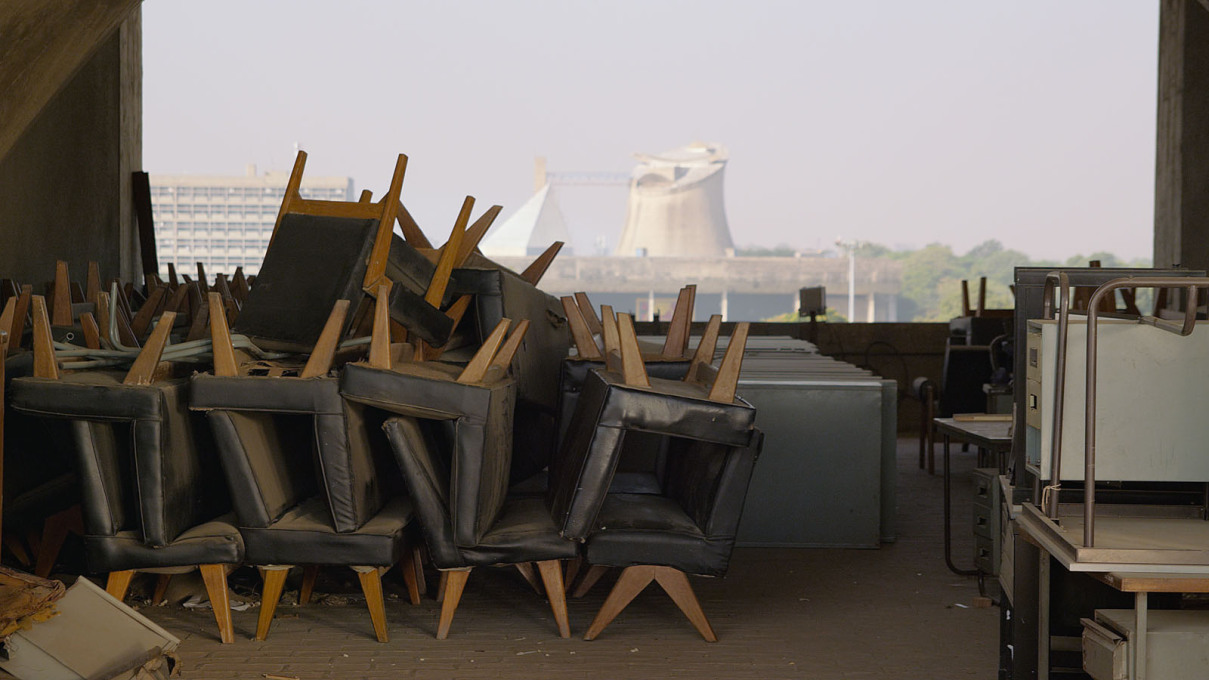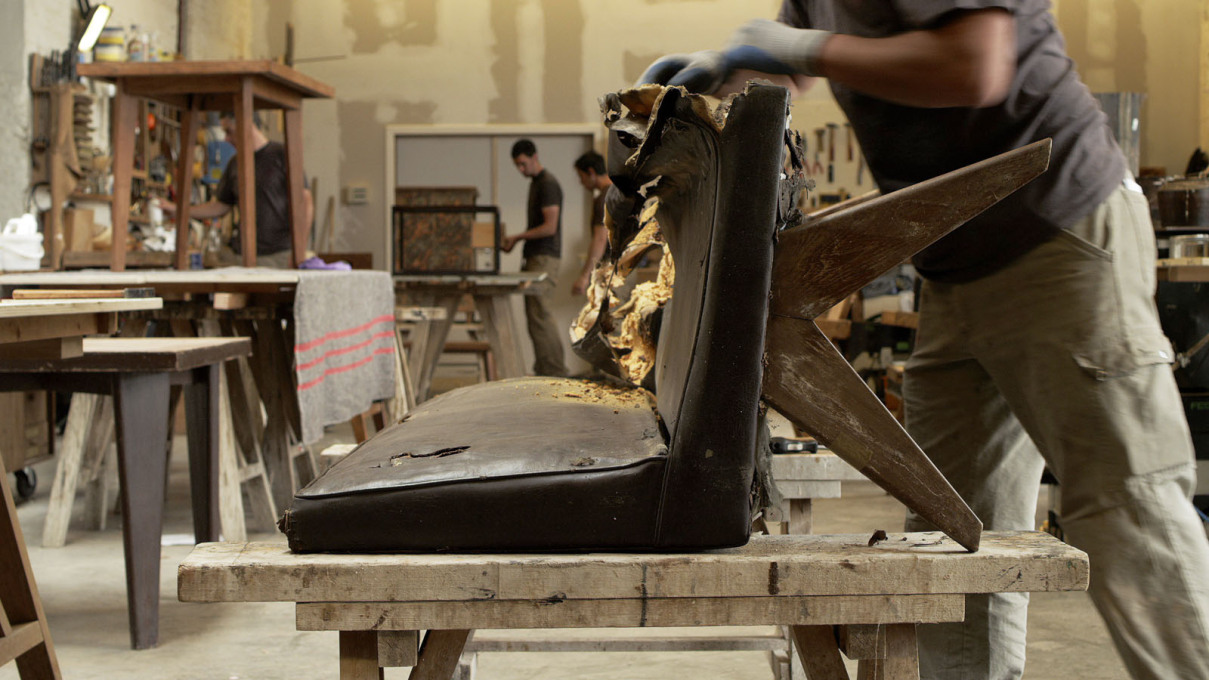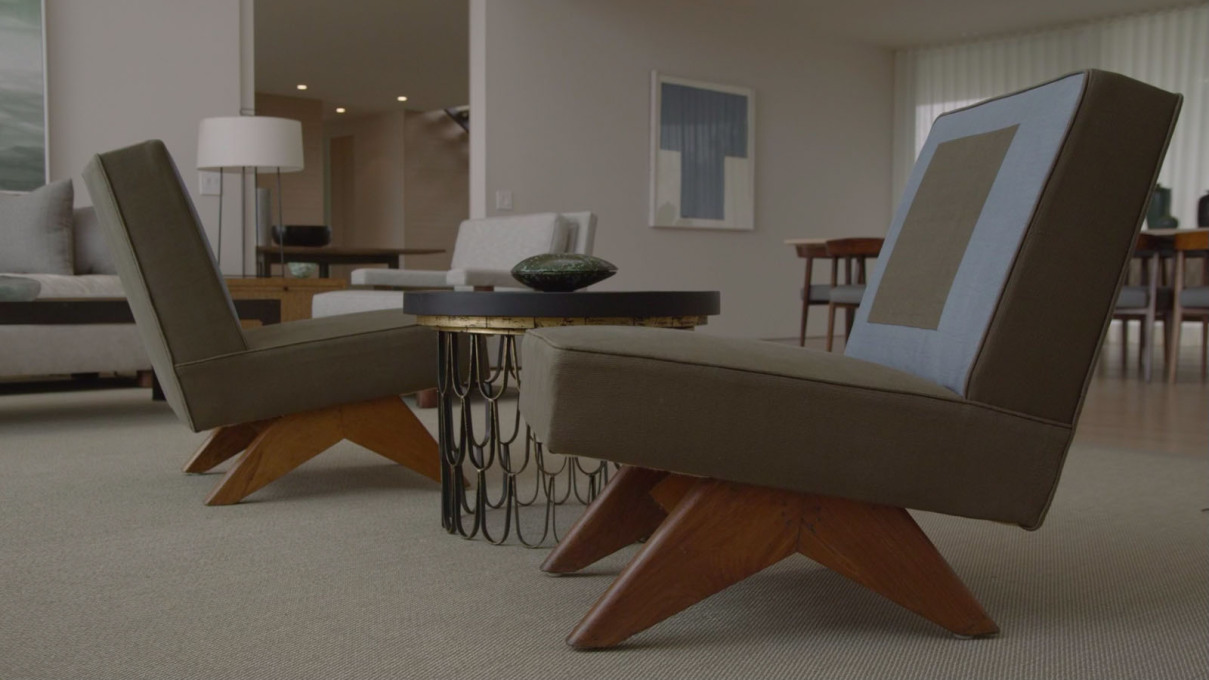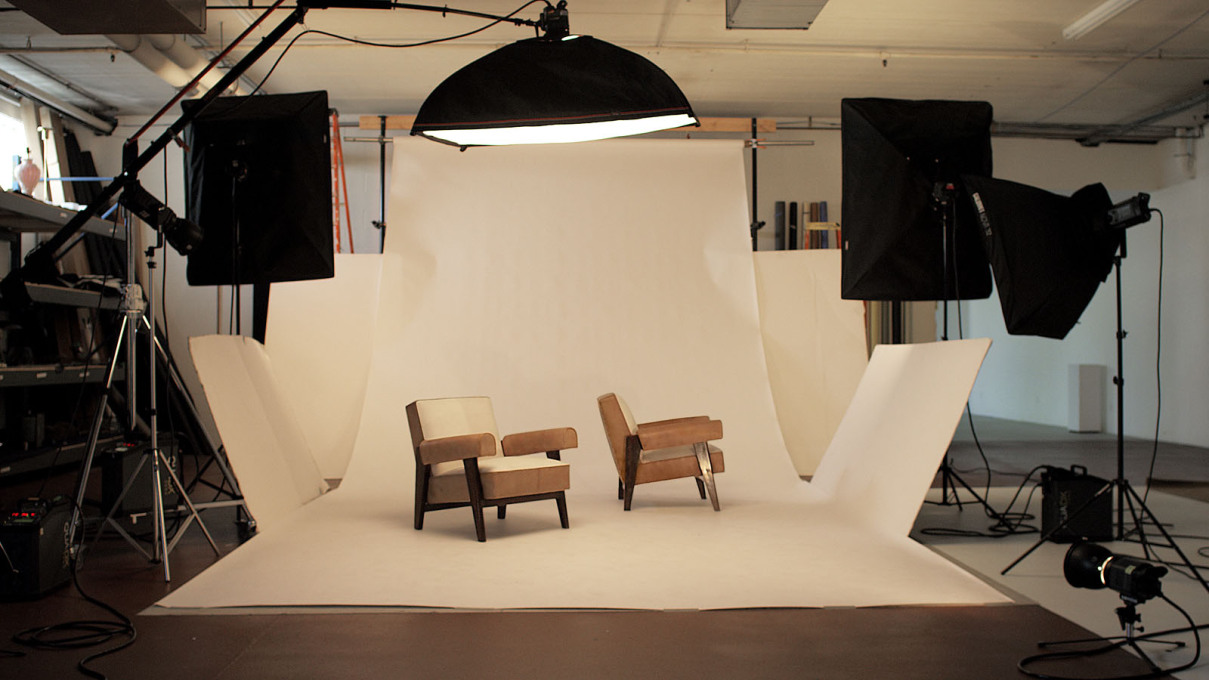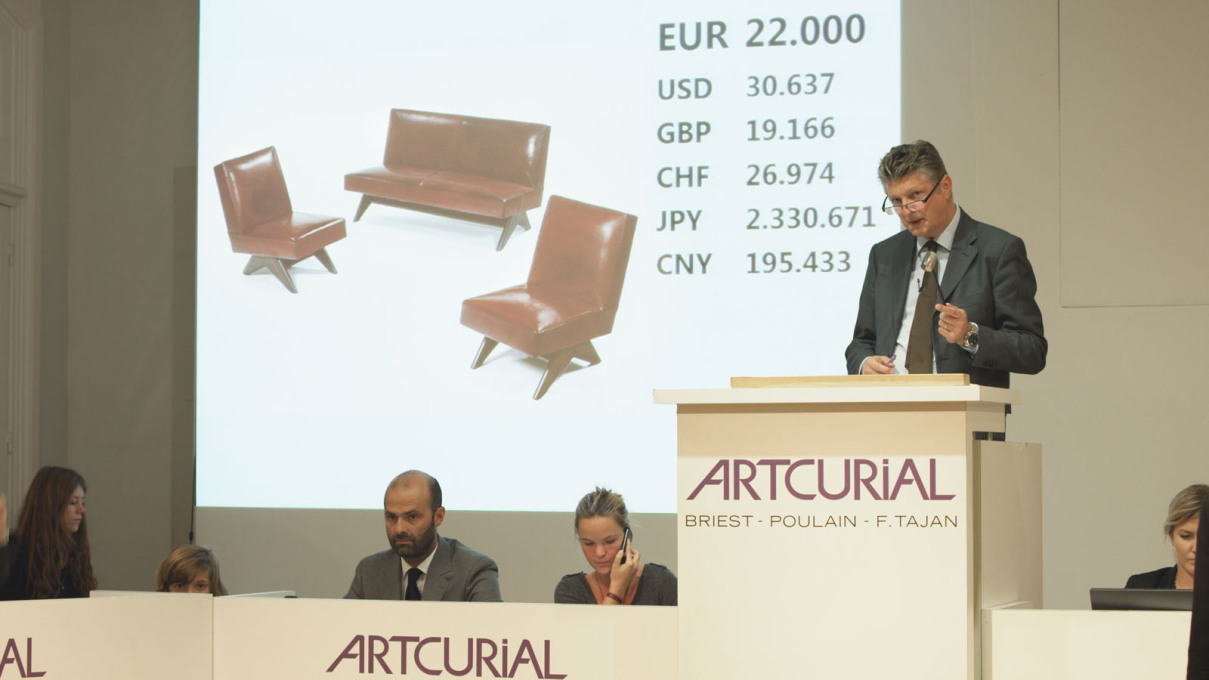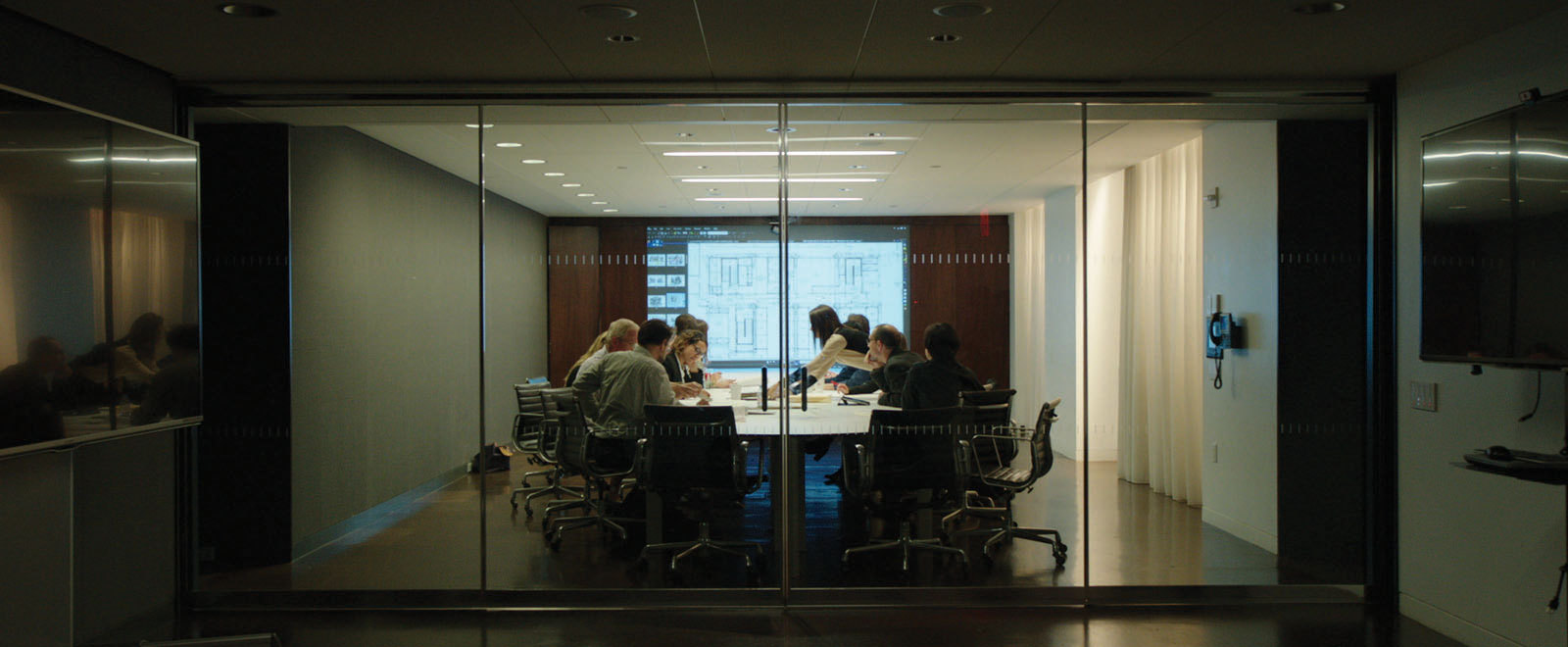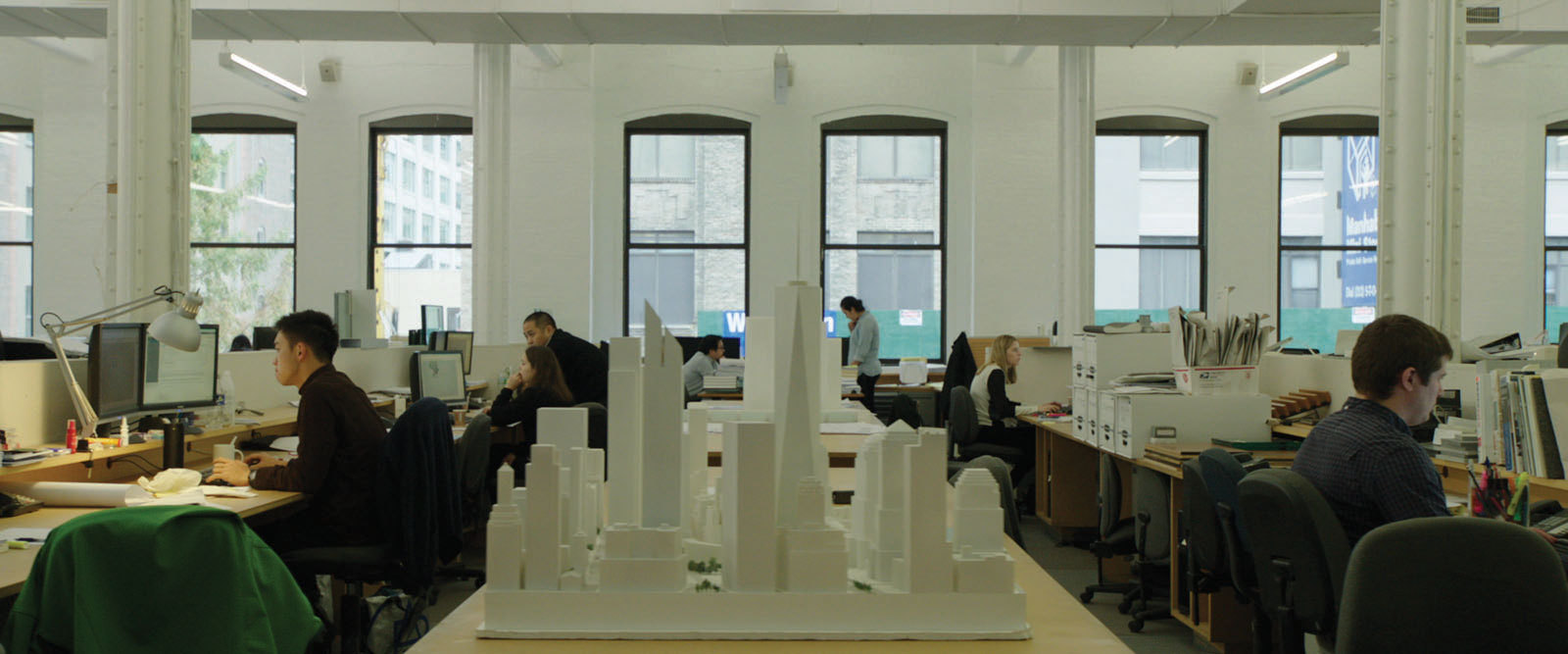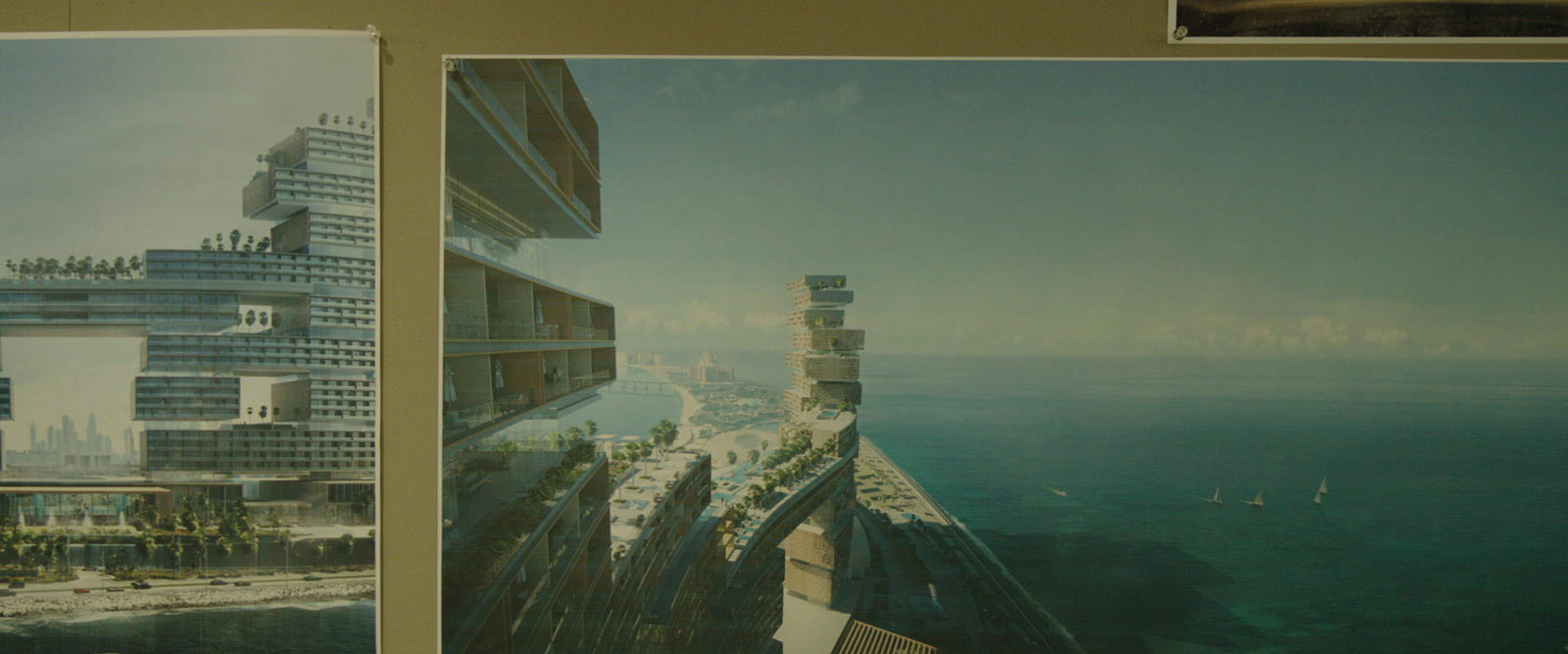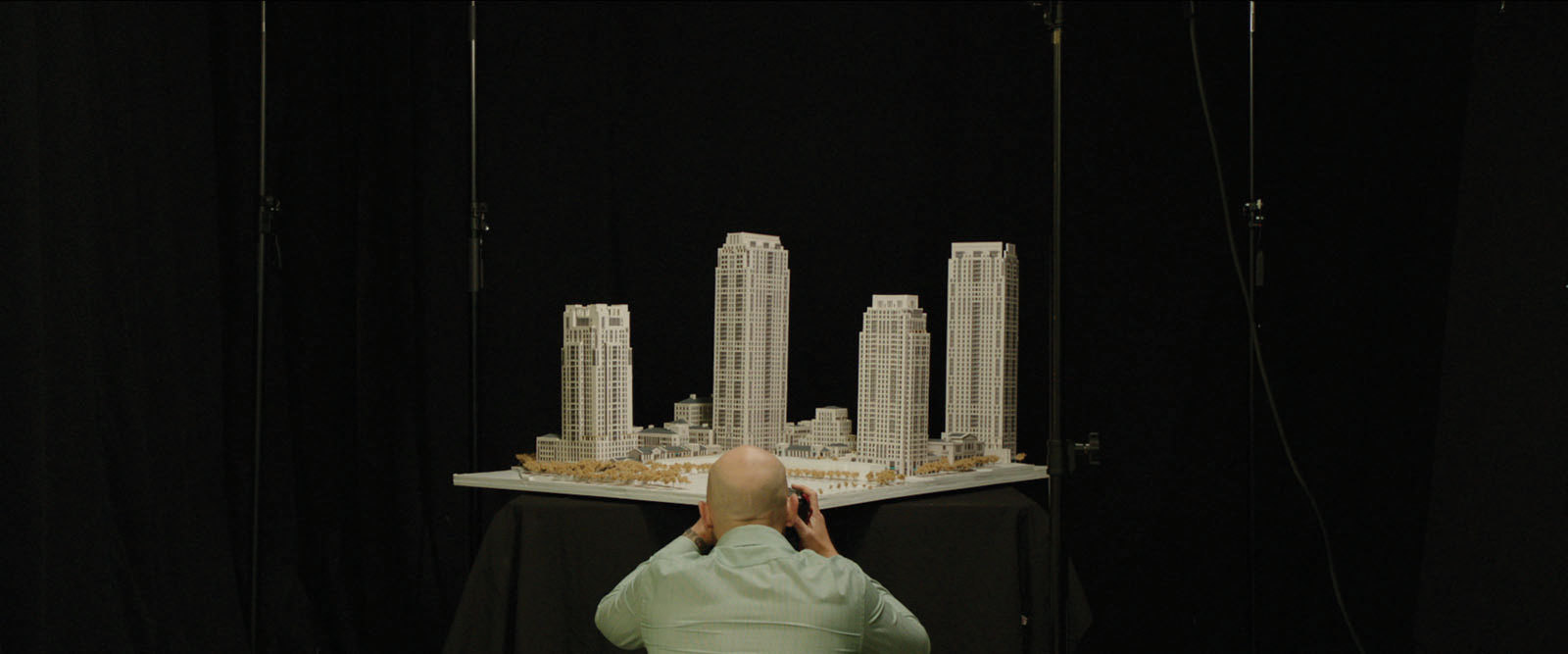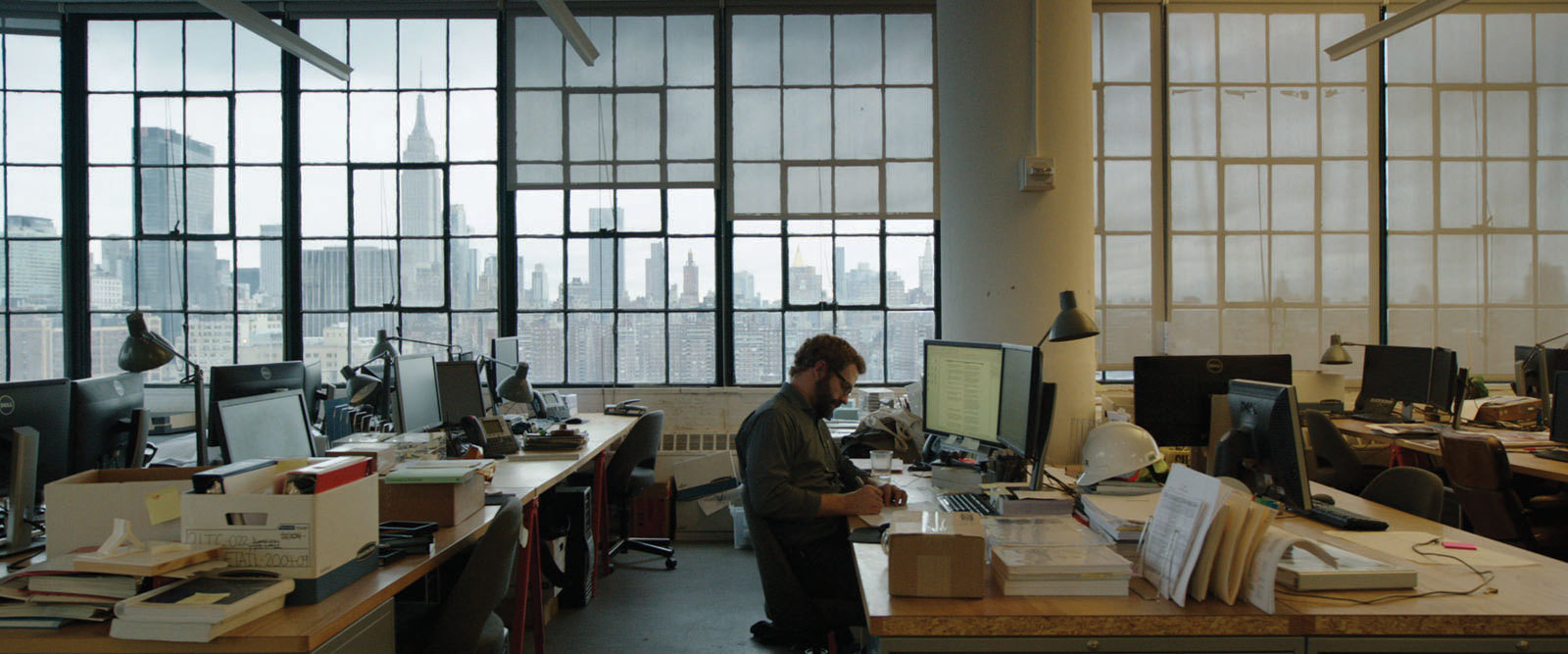With an exhibition of the American artist Amie Siegel’s new work The Architects opening this week at Storefront for Art and Architecture in New York, Katrin Schamun, who met Siegel there, considers her recent practice, one which deals with issues around cultural memory and value, tracing often complex narratives through observing the journey and exchange of design objects and pieces of furniture.
I am always arriving
And always passing
By those connected trees,
framed and encased
in glass, momentary.
Amie Siegel: The Waking Life, 1999
This first stanza of a poem by Amie Siegel expressing movement and transition includes words referencing the visual and is almost suggestive of film. The words: framed, momentary and encased imply looking at the world in a removed manner, through another medium. Indeed besides writing, Siegel’s main practice is visual, encompassing multi-channel film installations as well as photo-based works. With these media she produces visual essays on topics such as memory, surveillance, voyeurism – and architecture, for which she has a particular interest.
One of Siegel’s recent pieces Provenance (2013) is a multi-element work exhibited in an ensemble. It focuses on themes of cultural memory, heritage and international economic flows. Provenance was first installed as part of the group exhibition, Brute, co-curated by Siegel with Katarina Burin, at Harvard University’s Carpenter Center, as a response to the brutalist venue – Le Corbusier’s only completed building in North America. The work traces the global circulation of the furniture and objects originally designed by Le Corbusier, with his cousin Pierre Jeanneret, for Chandigarh, the new capital of the Punjab – the first new-build city in post-colonial India, designed in 1947. Le Corbusier with his collaborators planned every last detail of this modernist utopia, but elements like the teak and rosewood furniture designed by Pierre Jeanneret for the fit-out of the municipal buildings there have since been partly dispersed through loss, theft and sale.
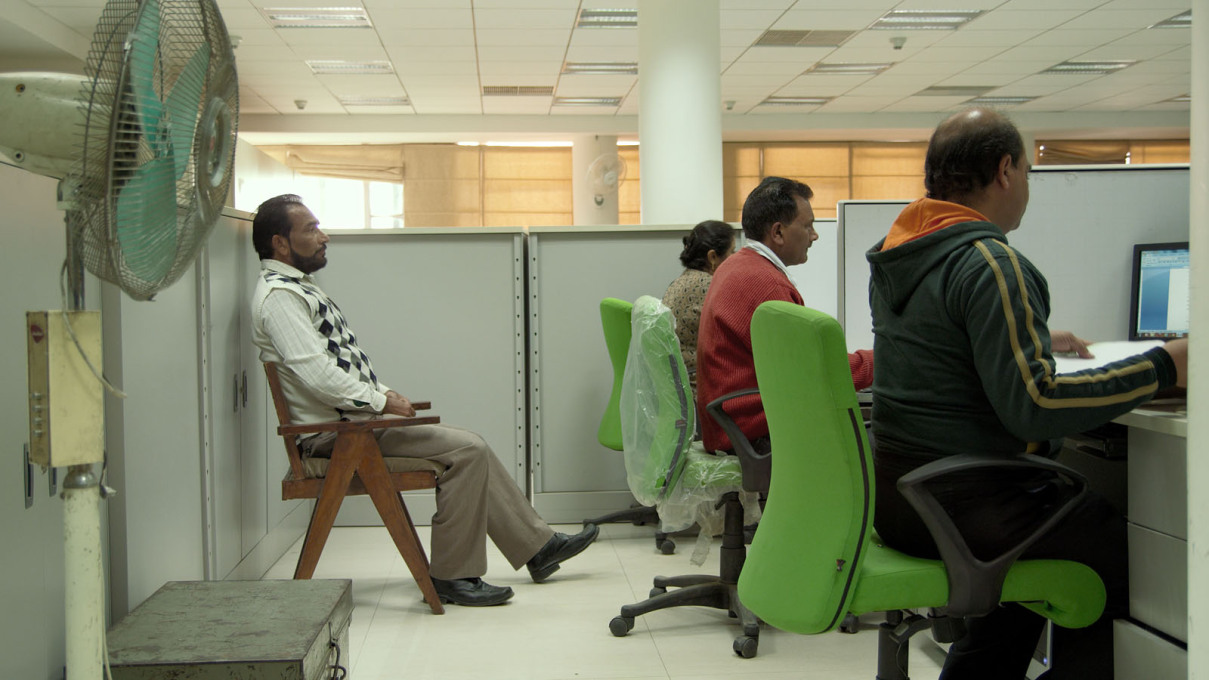
Thus the film is the result of massive detective work, chasing after Chandigarh’s pieces of furniture in publications and auction catalogues. The research and production of this artwork needed a special kind of obsessiveness that Siegel admits to possessing, one that has always been a part of her research methodology. In Provenance we follow the journey of individual pieces of furniture – from utilitarian objects designed for use by civil servants in Chandigarh – often now damaged or in storage – to their restoration and placing in swish Western metropolitan apartments as status design objects, and their subsequent sale at high-end auction houses. Provenance views all this with a quiet eye, with static observational shots and a rhythm reminiscent of the filmic poetry of the architecture movies of the German filmmaker Heinz Emigholz.
Provenance has since been presented at other venues including the Metropolitan Museum of Art, New York and during the Berlinale 2014, at which Siegel received the Think:Film Award at the Forum Expanded. When one of the five existing editions of this filmwork was sold at Christie’s auction house, Siegel filmed the auction, and this now also forms part of the total art piece.
History and memory encapsulated in pieces of furniture is a theme that has appeared previously in Siegel’s work. The film, DDR/DDR (2008) uses and tells the story of a plastic chair in order to shed light on wider issues in former East Germany. It is built up through observation and interviews with people about the economic changeover they experienced, charting their shifting thinking and understanding of their lives and living conditions. Meanwhile in Empathy (2003), a Charles & Ray Eames lounge chair, which became the most popular psychoanalysts’ chair in the States, plays an important role, as almost a character in its own right.
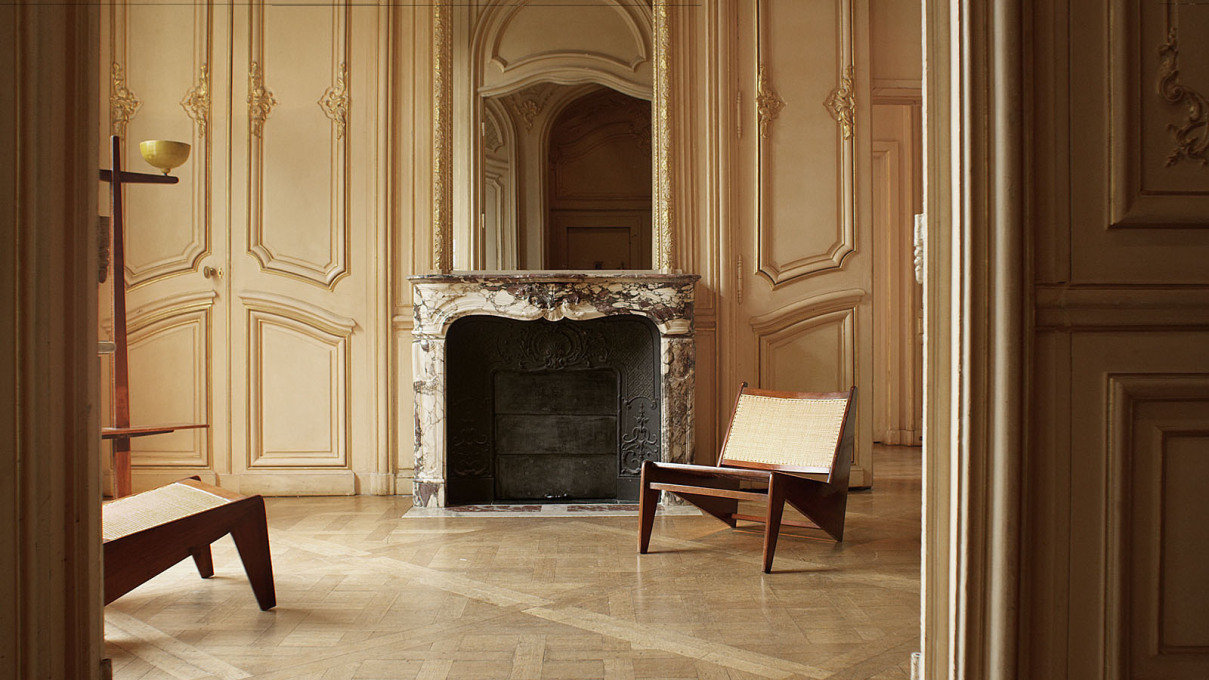
But it is architects themselves who are the topic of Amie’s latest work. The Architects (2015). This film, commissioned by Storefront for Art and Architecture in New York as part of their OfficeUS project – and their contribution to the United States Pavilion at the Venice Biennale last year – analyses production in several architecture offices in New York City. Parallel silent tracking shots through the studios, map the often similar elements of the spaces – screens, desks, models – that see the production of architecture, set against the view, outside the office windows, of the “real” built world of the city beyond.
– Katrin Schamun is researching and writing on spatial strategies in architecture and film. Currently she is a visiting scholar at the Department of Visual and Environmental Studies (VES) at Harvard University where she also works as an instructor.
The Architects, Amie Siegel
Until 19 May 2015
Storefront for Art and Architecture
97 Kenmare Street
New York, NY 10012
Provenance, Amie Siegel
22 April – 31 May 2015
MAK Vienna
Stubenring 5,
1010, Vienna, Austria




